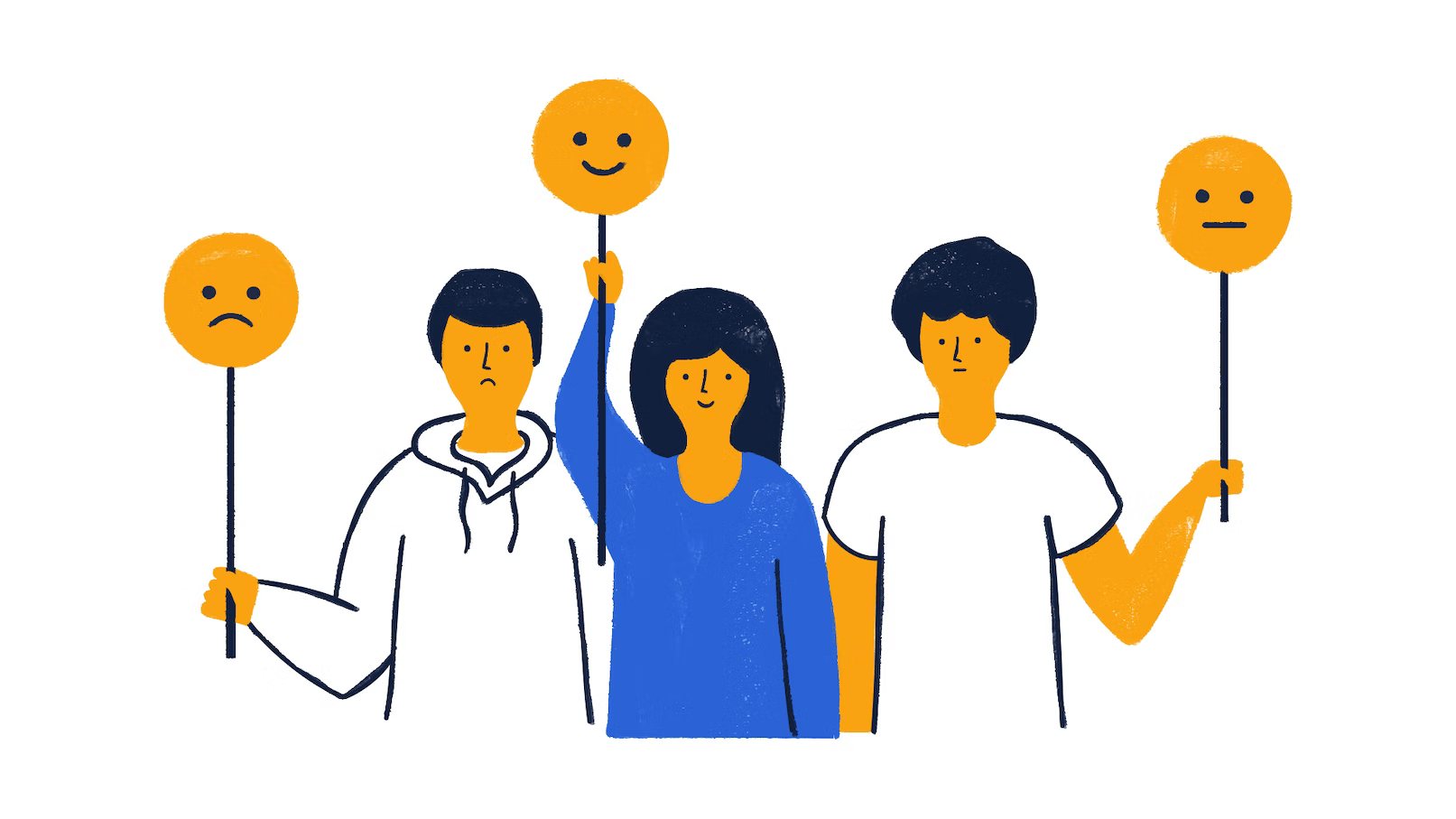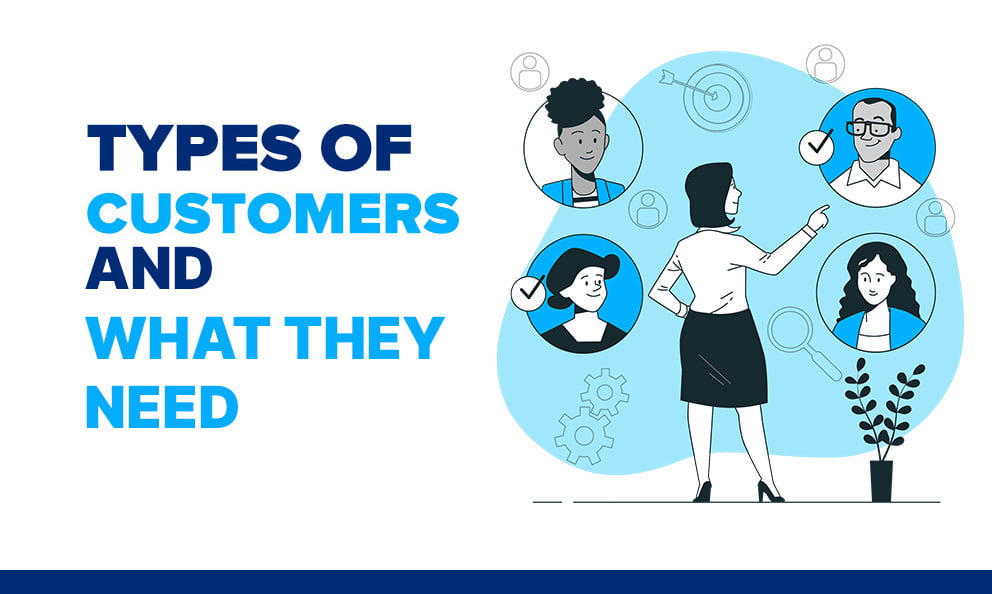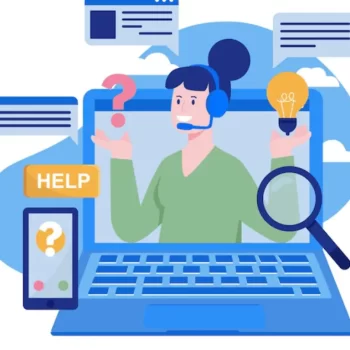In business, you have prospects, customers, and transactors. Each has different needs and expectations. Understanding these needs and expectations is vital to providing the best possible service.
Prospects are people who your company has contacted, either through direct mailers, email campaigns, or with a cold call. They have shown an interest in your product or service. They are interested in learning more about what you have to offer. To turn a prospect into a customer, you must provide them with the information they need to make a purchase decision.
Customers are people who have purchased your product or service. They are interested in using your product or service and getting the most value for their money. To keep customers happy, you must provide them with excellent customer service and support.
Transactors are people who make occasional purchases of your product or service. They are not interested in developing a relationship with your company. To turn a transactor into a customer, you must provide them with a good deal on their purchase.
Here, we will discuss the customers, their types, and their needs and expectations.
Types of customers
Understanding the different types of customers that patronize your company is essential. Each type of customer has different motivations, expectations, and needs. By understanding different types of customers, you can more effectively market your products or services to them, resulting in improved sales and customer satisfaction. The four main types of customers are:
- New customers
- Impulse customers
- Loyal Customers
- Problem Customers
New Customers
New customers are vital to your business. They are the ones that will help you grow and expand. These customers will need more attention at the outset because they are new and still getting to know your product or service. They will also have more questions about a product that may seem simple to customer service teams. But they, too, deserve the best you have to offer.
What new customers need
New customers need to be welcomed and made to feel comfortable. They must receive all the information they need to make an informed decision about your product or service without making it a hard sell. They also need to know that you are there to help if they have any problems. You need to ensure that their first experience is good, as this is the perfect opportunity to turn them into loyal customers. New customers need help with onboarding and an excellent first impression.

Impulse customers
These people come into your store or shop on a whim. It is not planned, and they are not looking for anything in particular. They may also not have an intention to buy anything. And while you may think that all you need to do to win their business is to offer a useful product at a competitive price, there’s actually a bit more to it than that. In order to really make a sale, you need to understand what impulse customers want and need.
Here’s a look at what impulse customers need
When an impulse customer walks into your store, they’re making a snap judgment about your business. If they are disappointed with your store, they will likely turn around and leave without giving you a chance. That’s why it’s so essential to make a good first impression. Your store should be clean, organized, and well-lit. And your staff should be friendly, helpful, and knowledgeable. The impulse customer needs:
- A wide selection because they are looking for a one-stop-shop where they can find everything they need. If you don’t have a wide selection of products, they’re likely to go to a competitor who does.
- Competitive prices as the price is always a factor for impulse customers. They want to know that they’re getting a good deal. So, be sure to offer competitive prices on the products you carry.
- Easy returns because no one likes to deal with returns, but it’s a must for impulse customers. They may not be sure about a purchase until they’ve had a chance to use the product. They need to know they can return it if it’s not what they wanted.
- Above all, impulse customers are looking for a positive shopping experience. They want to locate what they need easily and quickly, without hassles. If you can provide that, you’ll have a customer for life.
Loyal customers
Loyal customers are like bread and butter to your business. They are the ones that keep coming back, again and again. They are perfectly happy with your product or service and don’t need much in the way of customer service.
What loyal customers need
Loyal customers need to feel appreciated. They need to know that you value their business. Show them this by giving them exclusive deals, early access to new products, or personalized service. But there is also the added pressure to retain their loyalty, and the customer support team must be aware that they must not slack off in their service. Therefore they need to provide proactive service and personalized experience. Tips to ensure that your loyal customers remain loyal:
- Showcase their success and give them exposure so they may benefit from being loyal to your business.
- Create loyalty programs like discounts and find ways to show your appreciation and strengthen your relationship.
- Seek feedback from loyal customers and use them in your customer service training. There is always room for improvement and learning from loyal customers about their experience is the best strategy.

Problem customers
It is impossible to avoid angry or problem customers. They may be unhappy with your product or service, or they may be difficult to deal with. Either way, they can be a challenge. But never forget that they may have a reason for their frustration. Knowing how to handle even the most problematic customer is vital to retain customers.
What problem customers need
Problem customers need to be dealt with quickly and efficiently, but without making false promises. They need to know that you are taking their problem seriously and that you are doing everything you can to resolve it. They may also need some extra hand-holding, so be prepared to offer them additional support. Some tips for handling angry customers include
- Positive strategy: Have a positive strategy and defuse the situation quickly. Every member of the customer support team must be trained to handle tough situations.
- Show empathy: Listen to the problem customer and their point of view. It is vital to hear them out without dismissing their concerns. In the process, you may be able to offer a solution or at least have them feel heard.
- Take action: Whether it is an apology, or a refund, taking action lets customers know you are taking them seriously.

Related article: Would you like to build a Customer Success team? Here’s all you need to know about it.
To wrap up
Regardless of the type of customer, providing a customer-centric solution can be a game-changer. Customers are not merely looking for transactional relationships. They expect more meaningful and enduring relationships. Therefore, gathering insights into every customer’s needs and expectations is critical to excellent service. The objective is always to make a customer happy, and in business, that means high customer satisfaction ratings. In a competitive world, meeting, if not exceeding, customer need is a key differentiator, and the savvy business owner will leverage all the tools and technology available to enhance customer experience.




















